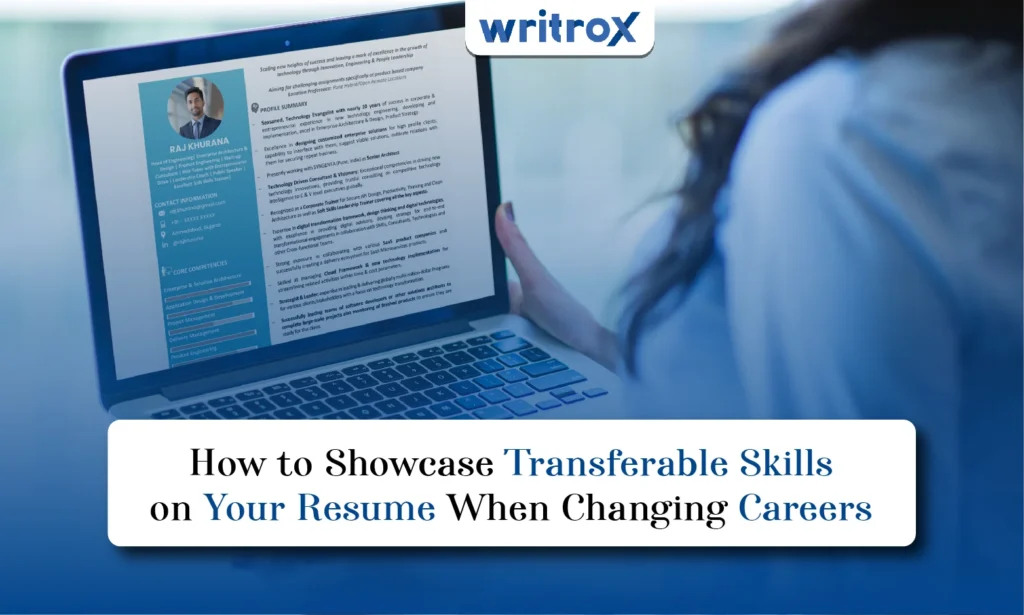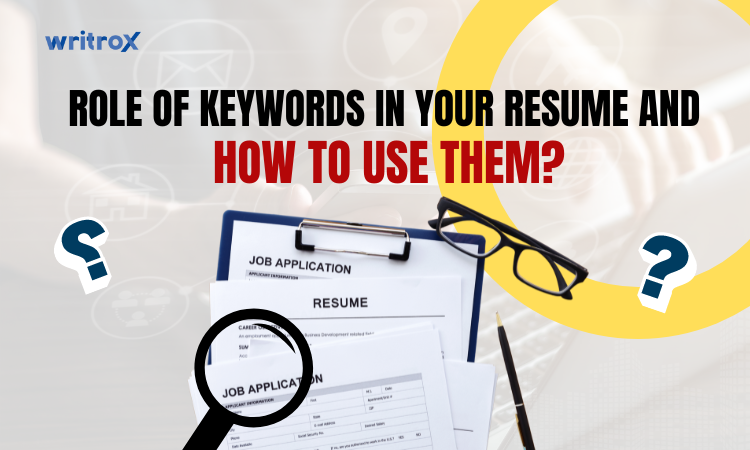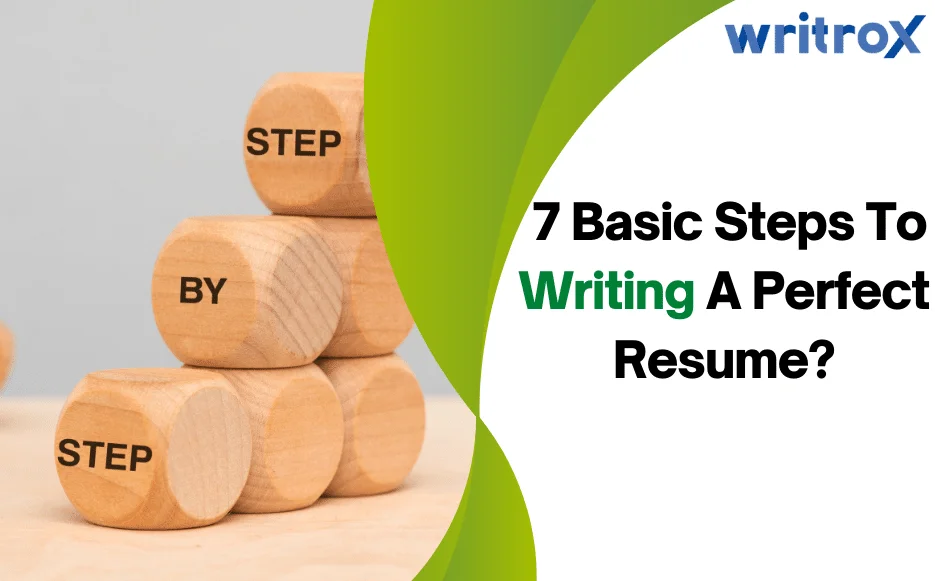Best Career Objective for Resume for Freshers in 2025 | How to Write + Examples & Expert Tips
What do you think would make you stand out among other candidates in today’s competitive job market? Curating a flawless and presentable resume would be your definite answer but let’s dive deeper, shall we? The better answer to this question would be a well-crafted and concise career objective a Resume. Career objective is written at the top of the resume, mentioning your skills, strengths, goals, and ambitions that work to make a brief but excellent first impression on the recruiter. If you want to stand out in this fast-paced world, know that these impressions could decide your chances at scoring an interview and moving further towards your desired role. In this article, we will discuss drafting perfect career objectives for freshers so that they stand out in this competitive job market in 2025. Let’s begin by properly looking into the definition of career objectives again. What is the Career Objective For Resume? Usually consisting of one to three sentences, a career objective is placed toward the beginning of your resume that speaks for your skillset and intention with the job you are seeking. To make the points clearer: Why Career Objective in Resume is Crucial for Freshers? With the market expanding every other day and job applications increasing in number, freshers in particular must know how to put forward a perfect pitch to convince the recruiters of their abilities and their value to the company. Let’s take a look over the following points, and keep them in mind while drafting resumes. Pro Tip: Ensure that you modify the career objective in alignment with the job and company you are applying to. How to Write an Effective Career Objective Resume? Tailoring to the Job Description Emphasizing Strong Skills and Desires Keeping It Clear and Concise Including these subheadings and explanations will assist freshers in writing a more detailed and successful career objective that grabs attention and establishes the tone for the rest of their resume. Common Mistakes to Avoid in Resume objective: Top 15 Industry-Specific Resume Objective Samples and Examples: 1. Career Objective Resume Samples for College Students with no experience. Example 1: To secure a challenging job in my desired company, increase my experience and abilities and contribute to the overall development of the organisation.Example 2: A dedicated and highly disciplined person looking for a challenging job to gain work experience in this area.Example 3: To be able to work in an organisation that will be able to give me diversified chances to learn more, develop my skills, and learn and develop at work towards the organisational objective. 2. Career Objective Resume Samples for Internship Level for Freshers. Example 1: Junior in Computer Science with Java and Python proficiency applies for a software development internship at Tech Co. to utilise programming acumen and work on cutting-edge projects.Example 2: A Financial analyst aspirant with good analytical skills and investment theory coursework targets utilizing skills in XYZ Bank’s summer internship program.Example 3: A student of Environmental Science with a passion for green practices looks for an internship at Green Corp to help create environmentally friendly initiatives and attain practical knowledge in the field. 3. Career Objective Resume Samples for Web Developers: Example 1: Ambitious computer science graduate with excellent HTML, CSS, and JavaScript skills interested in an entry-level web development role to craft user-friendly web pages and make contributions to ground-breaking digital solutions.Example 2: With the aim of getting a job as a web developer in an innovative tech company where I can implement my proficiency in front-end frameworks and responsive design, and also grow my capabilities in back-end technologies.Example 3: Detail-oriented fresher with a passion for web technologies and coding, looking to join a creative team to develop interactive and efficient web applications. 4. Career Objective Resume Samples for Marketing Example 1: A very creative and resourceful person, a social media lover, looking for challenging roles in Digital Marketing to assist an organization in enhancing its brand awareness and establishing a successful online presence.Example 2: A result-driven and self-motivated candidate with excellent SEO and SEM skills applying for Marketing Associate at ABC Inc. for maximizing brand exposure and revenue through the finest techniques of digital marketing.Example 3: New marketing graduate looking forward to utilizing content generation and analytical talent in a dynamic marketing culture for spurring engagement and expansion of a progressive firm. 5. Career Objective Resume Samples for a Data Analyst Fresher Example 1: A Recent Statistics graduate looking for an entry-level data analyst role to apply analytical and problem-solving skills to analyzing data and informing business decisions.Example 2: Organized and technology-savvy professional looking to become a data analyst in a credible company with expertise in Excel, SQL, and data visualization tools to provide actionable insights.Example 3: To secure a data analyst position where I can utilize my knowledge of statistical analysis and data modeling to develop algorithms that will help the organization grow. 6. Career Objective Resume Samples for an Accountant Example 1: Fresh accounting graduate with a bachelor’s degree in accounting looking for a job as an accounting assistant which needs strong analytical, decision-making, and problem-solving abilities.Example 2: In pursuit of a beginning-level accounting position in which I can apply my accounting reporting skills and attention to detail to contribute to the goals of the finance team.Example 3: Determined and detail-focused professional seeking to begin an accounting career, with the aspiration of being able to impart solid organizational and analytical skills to a well-established organization. 7. Career Objective Resume Samples for Financial Analyst Professionals Example 1: Recent accounting graduate with a bachelor’s degree, looking for an accounting assistant role that demands high-level analytical, decision making, and problem-solving skills.Example 2: In pursuit of an entry-level accounting role where I can leverage my expertise in financial reporting as well as my attention to detail to contribute to the achievement of the finance team’s goals.Example 3: Dedicated and detail-driven professional seeking to begin a career in accounting, looking to bring strong organizational and analytical abilities to a respected organization. 8.












